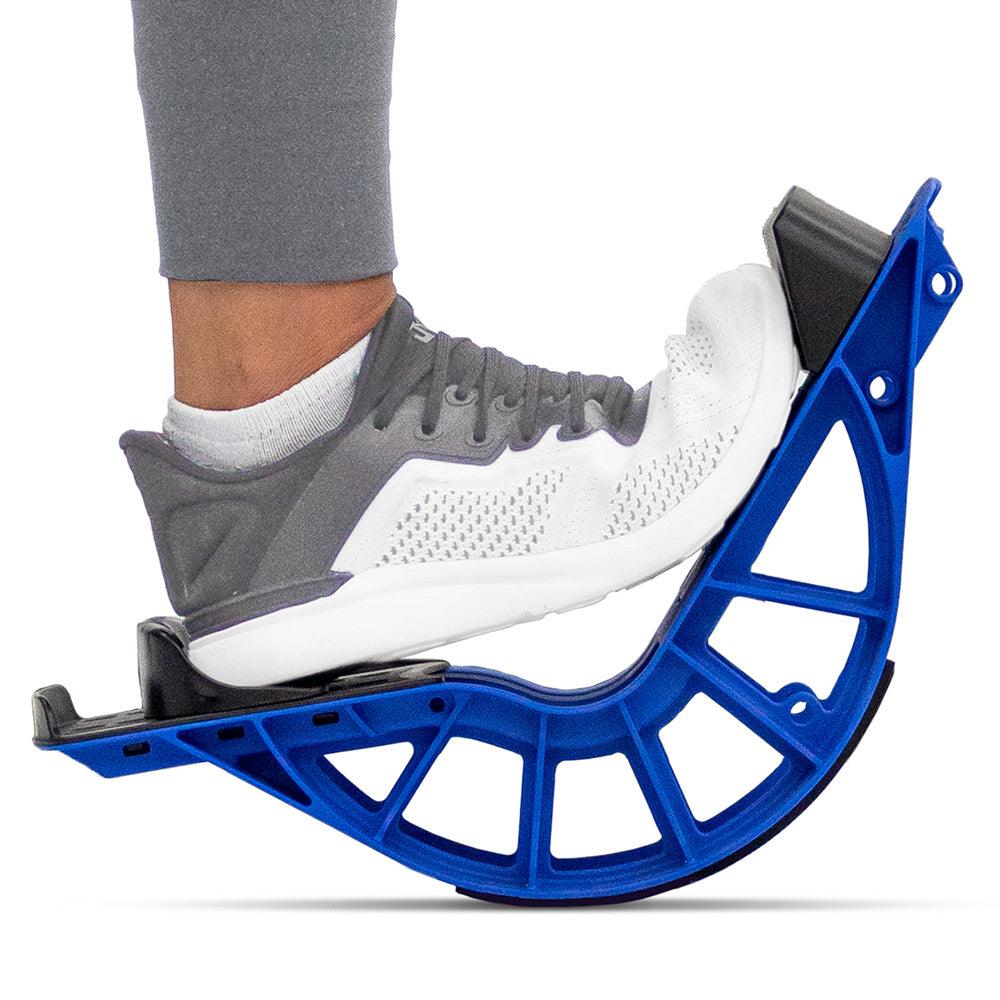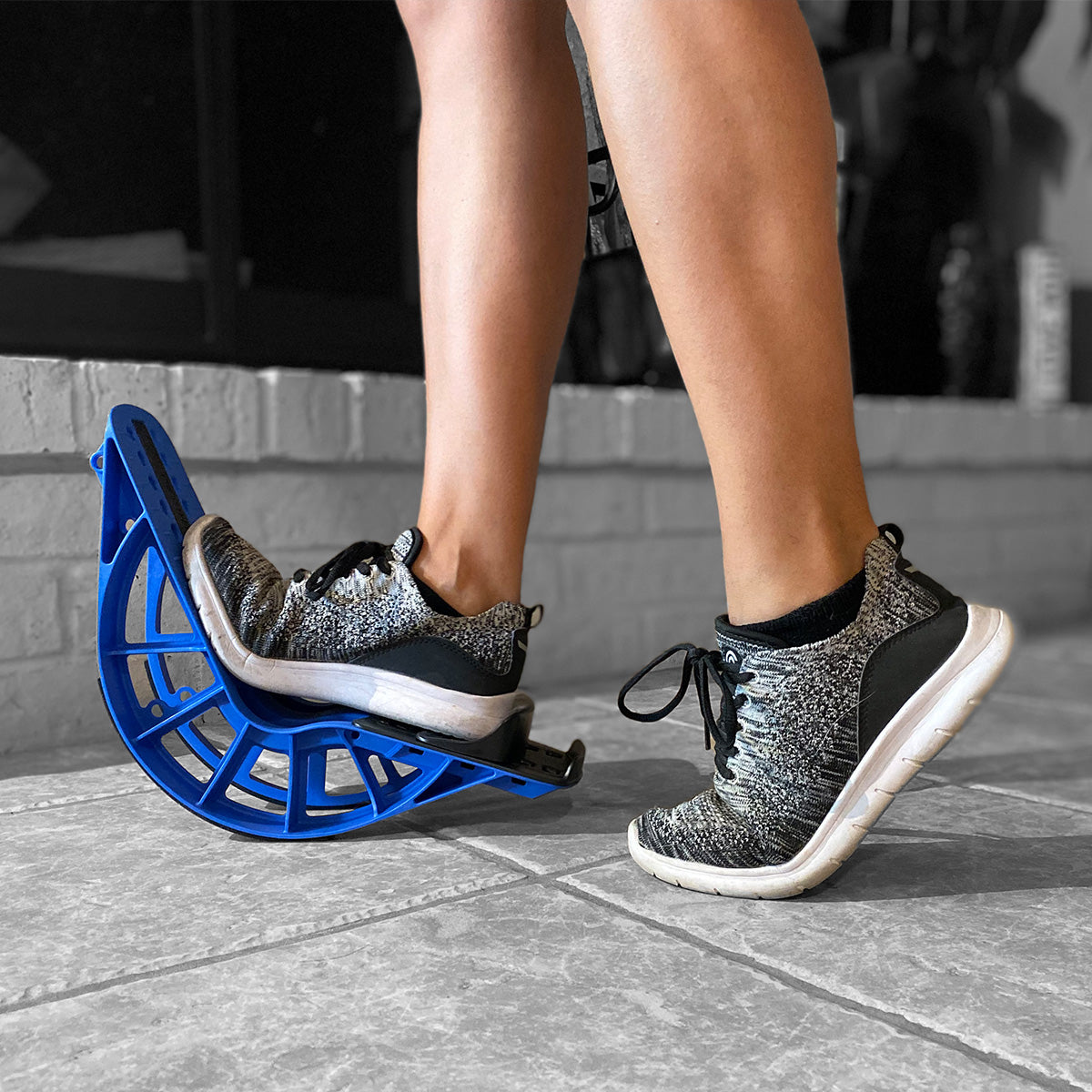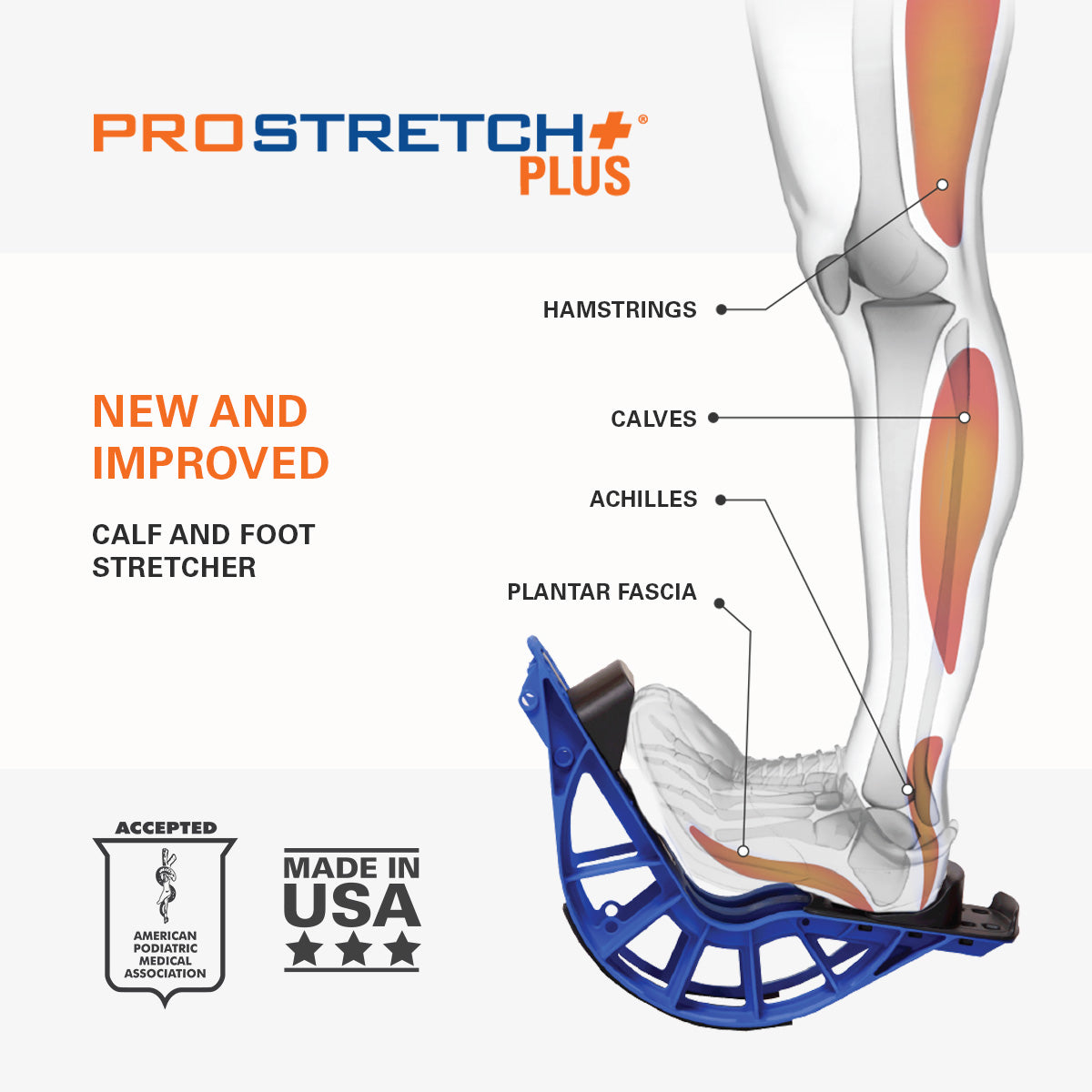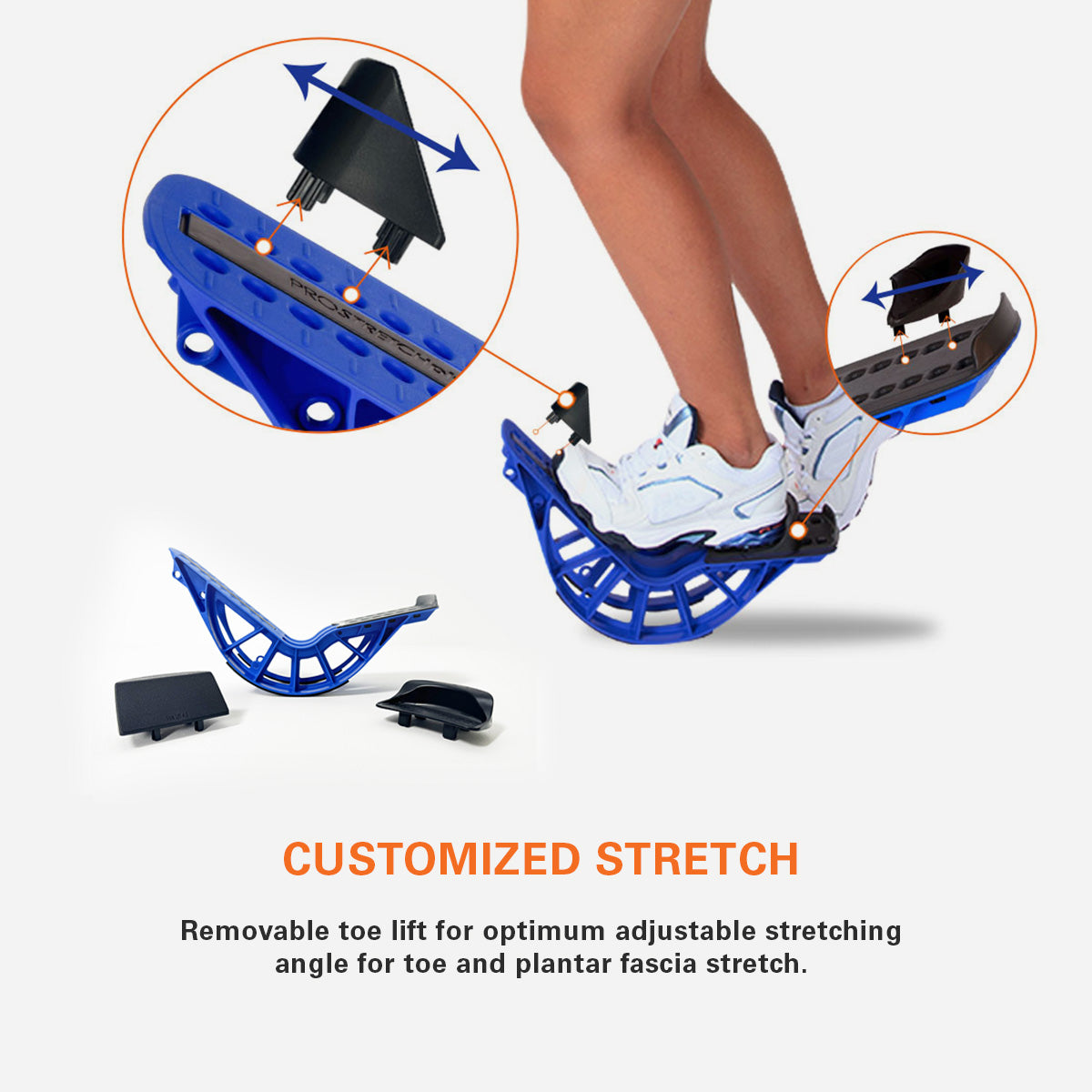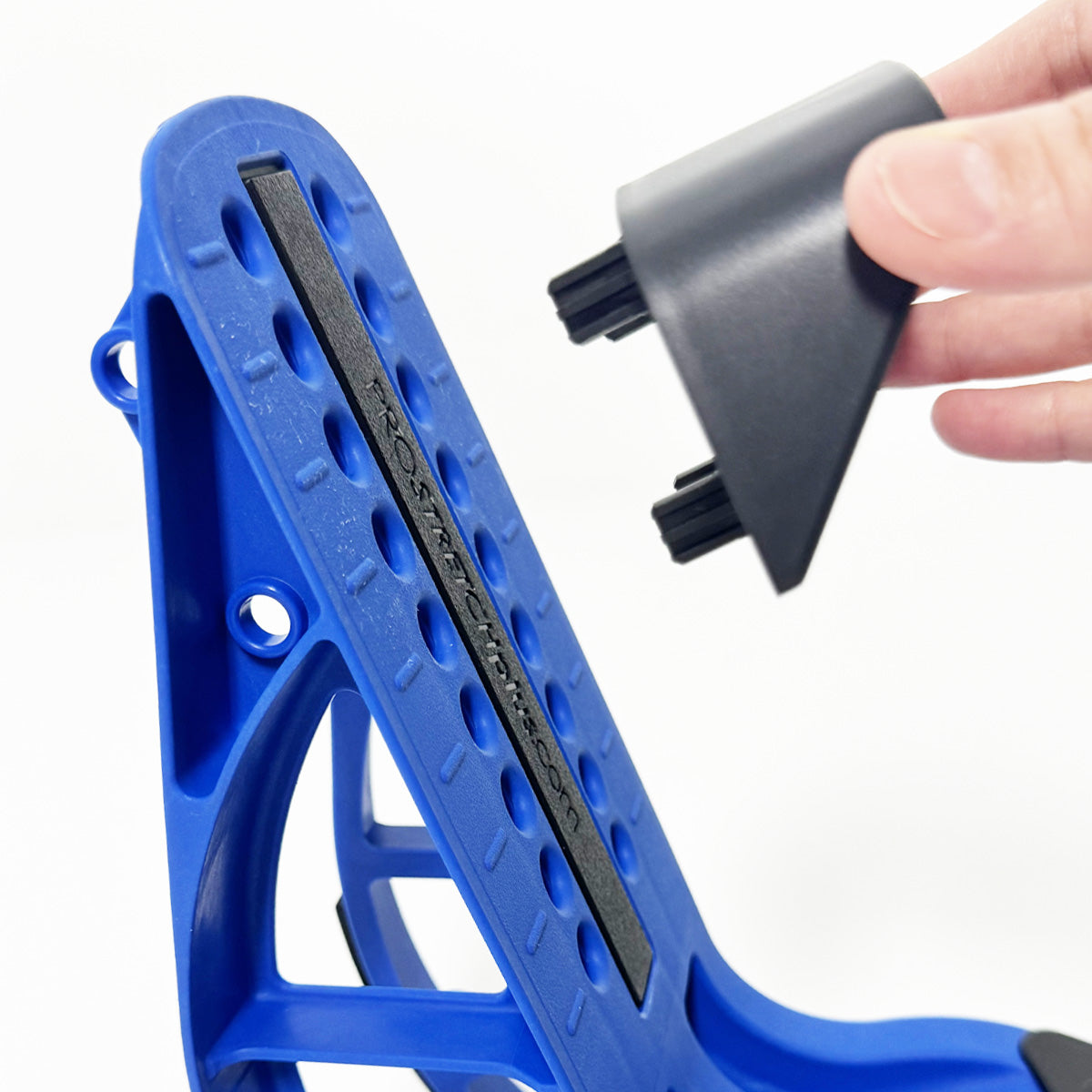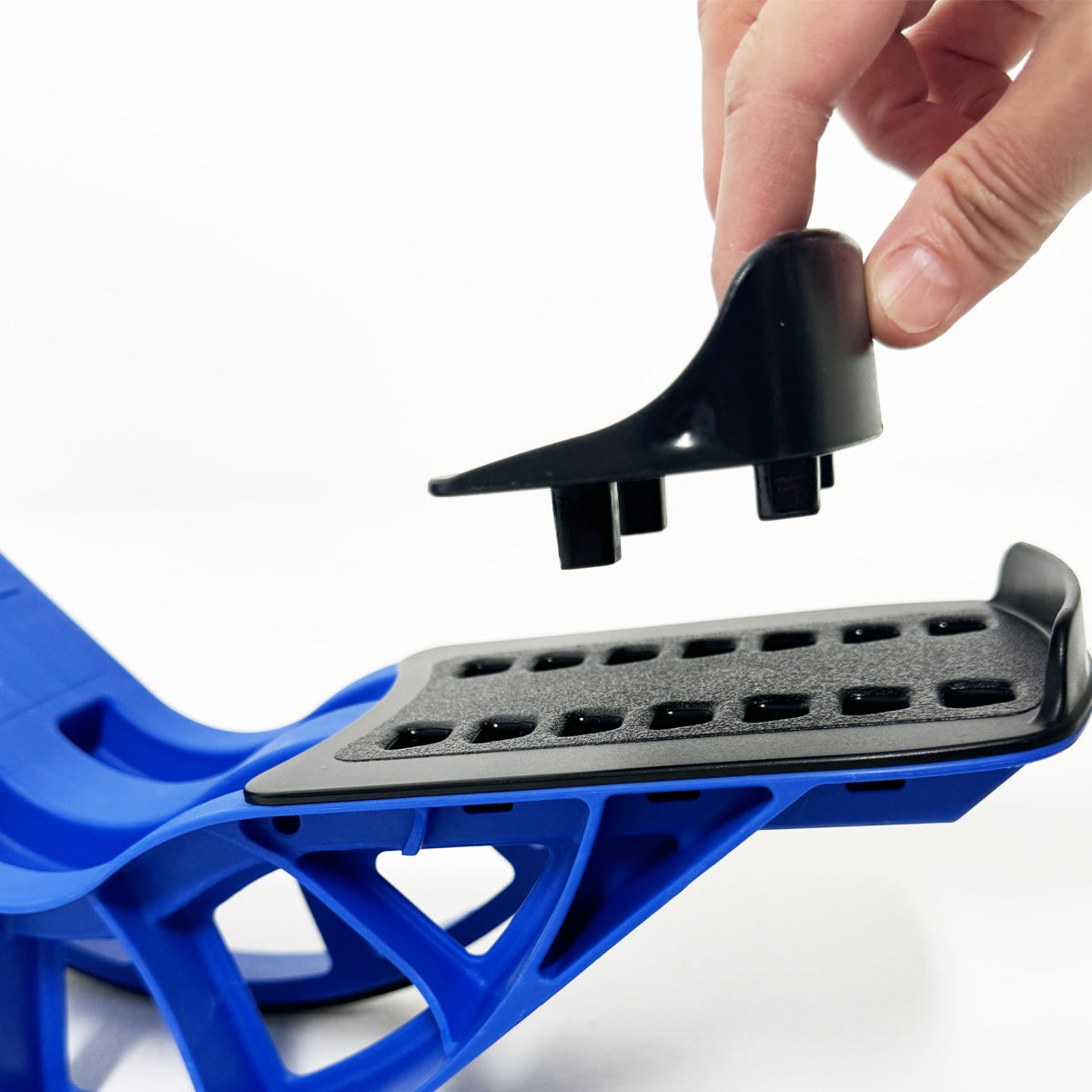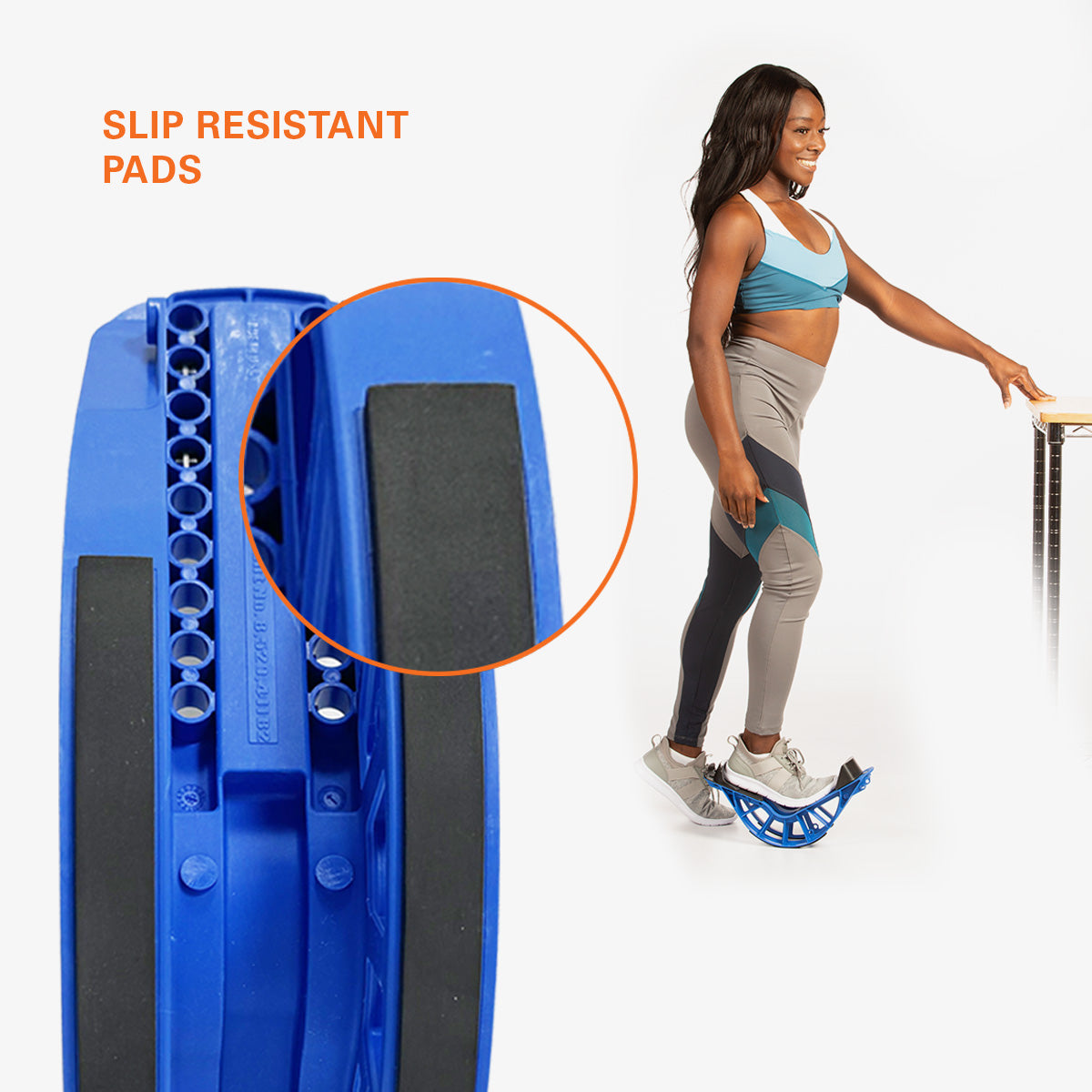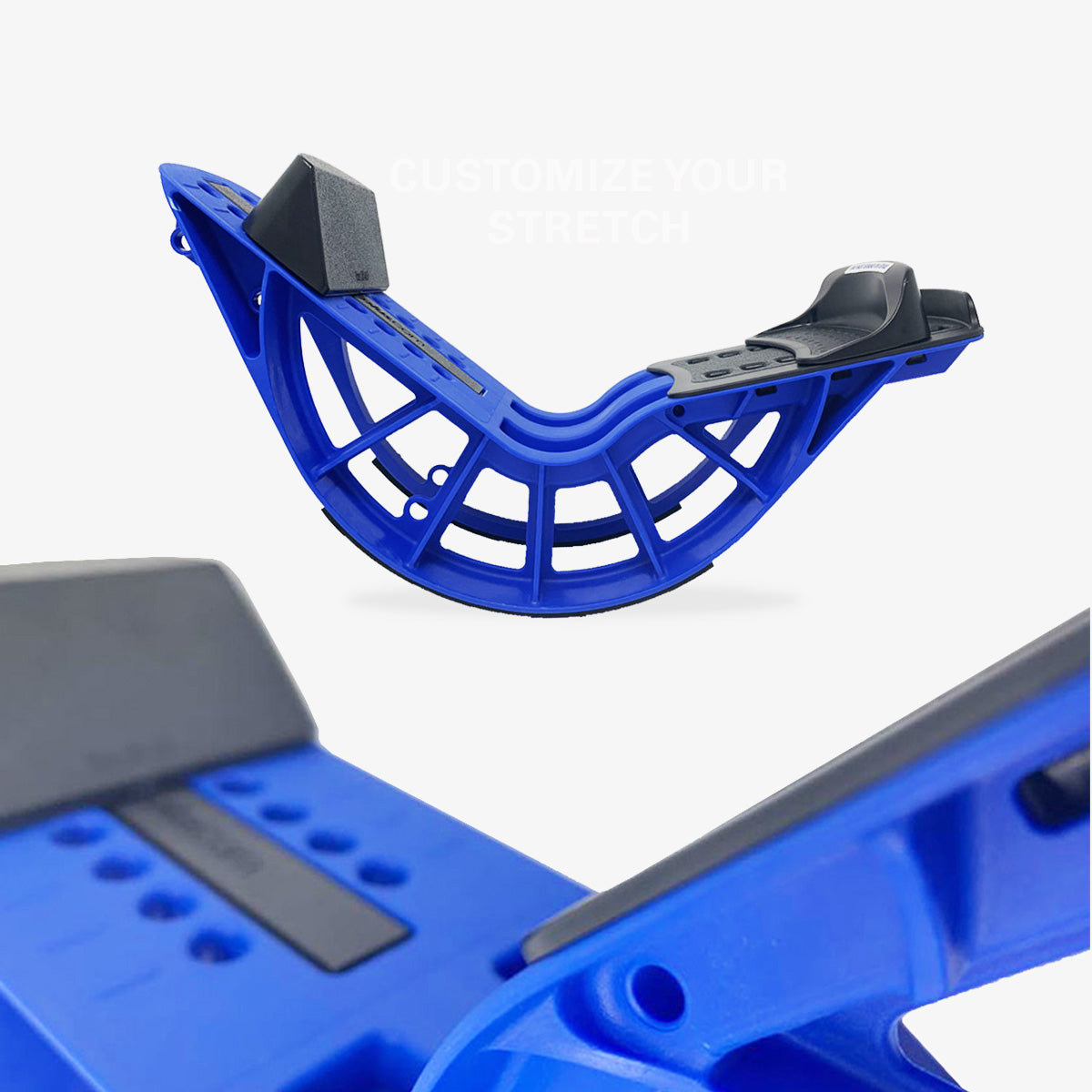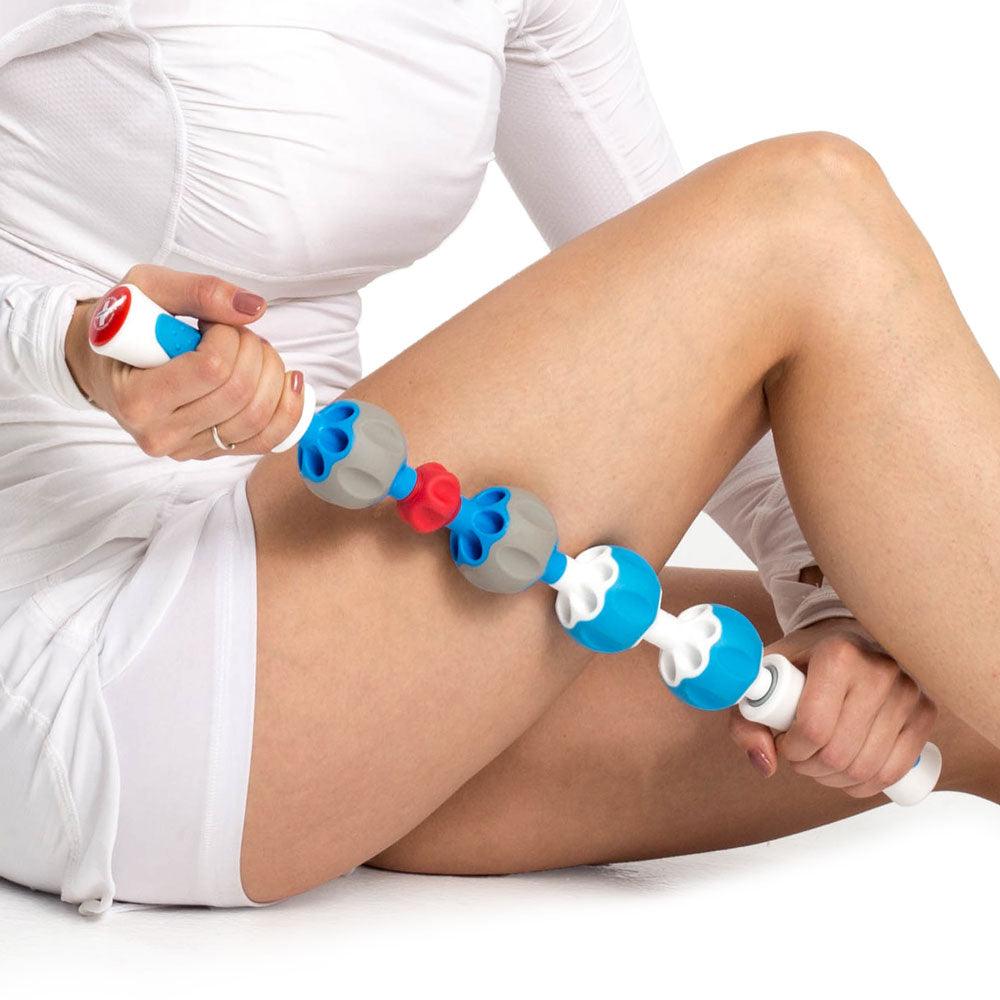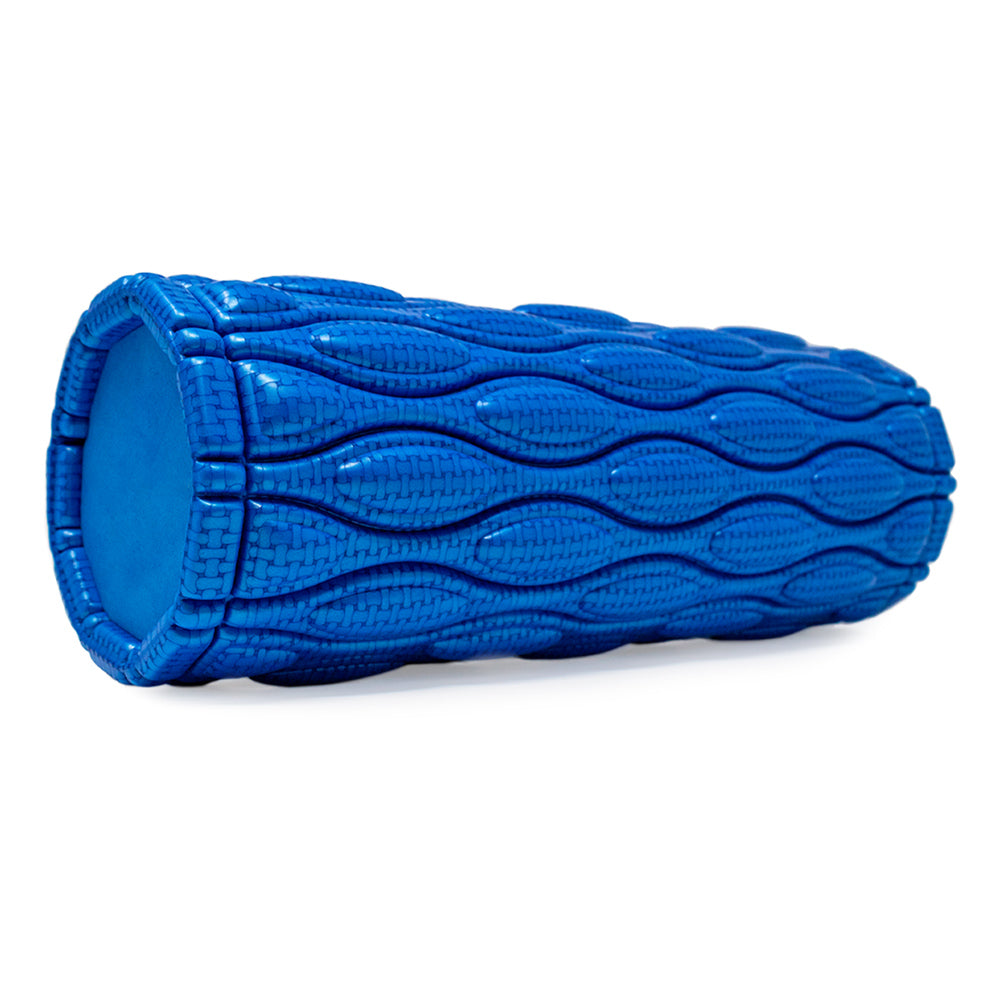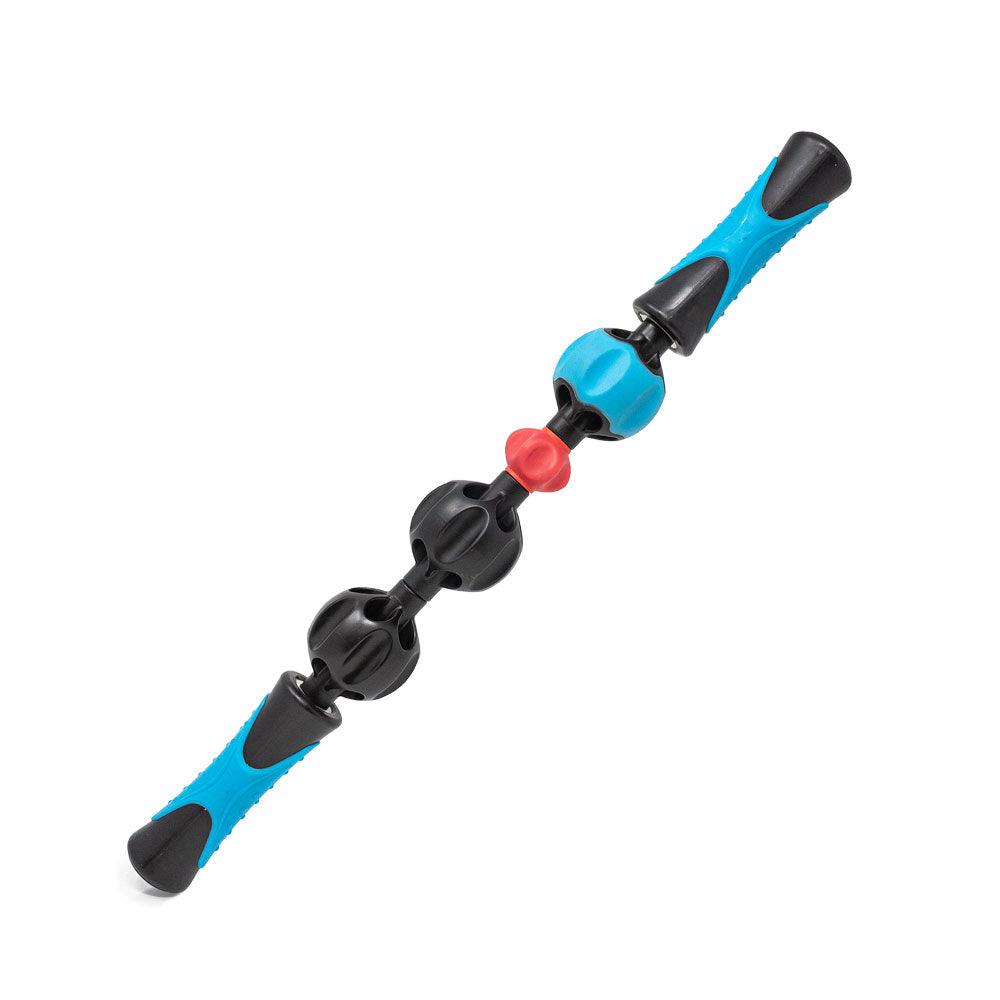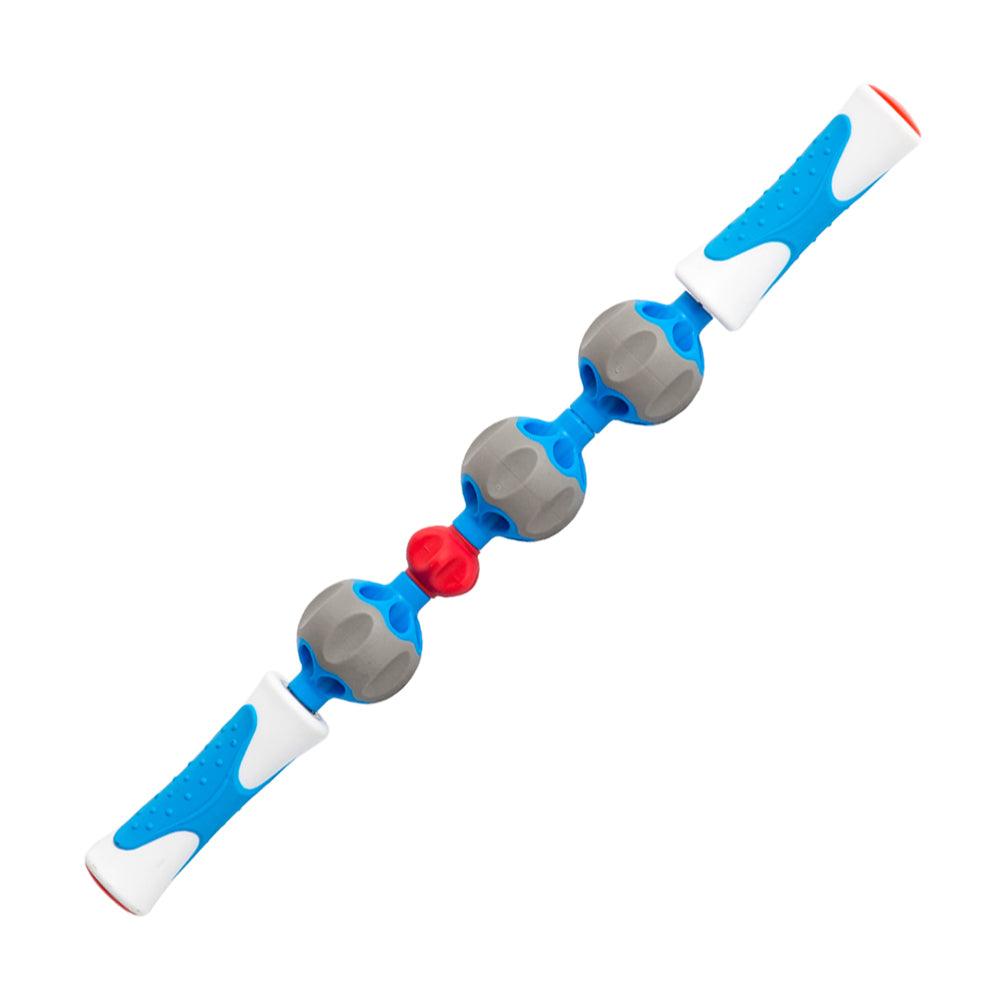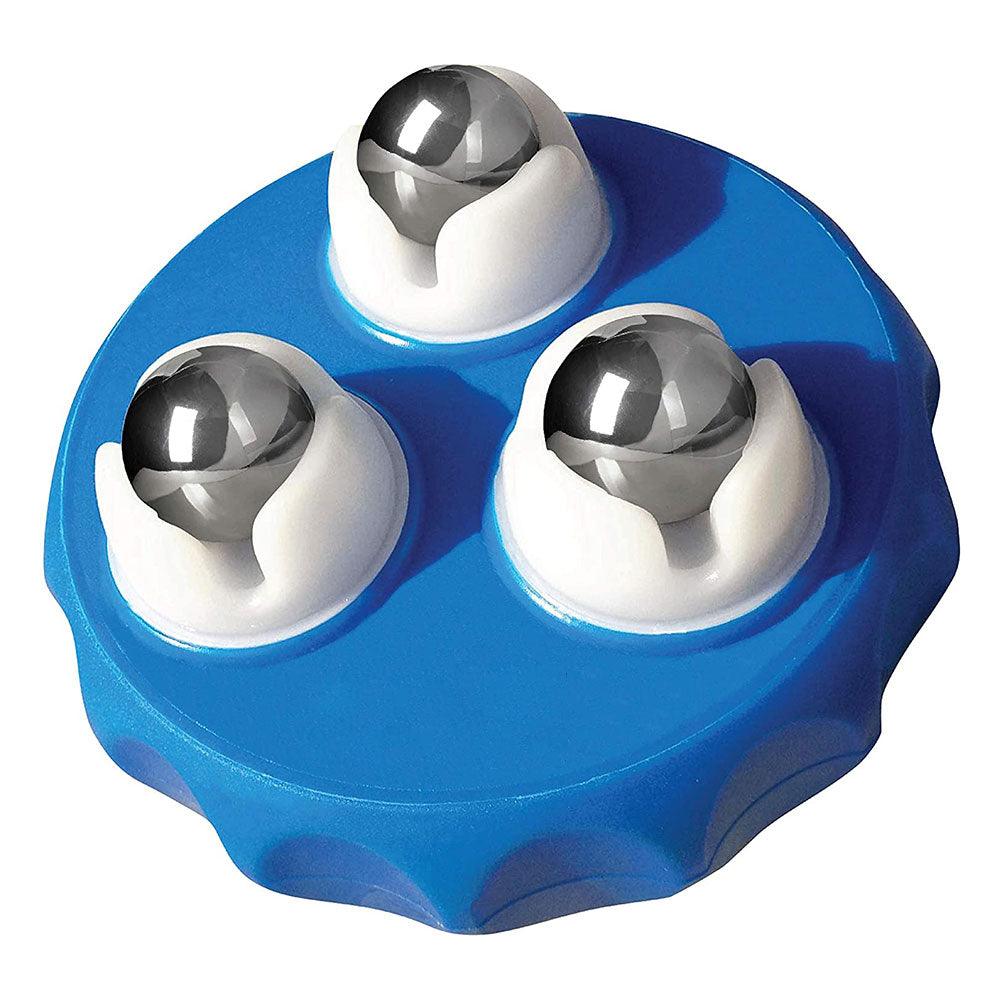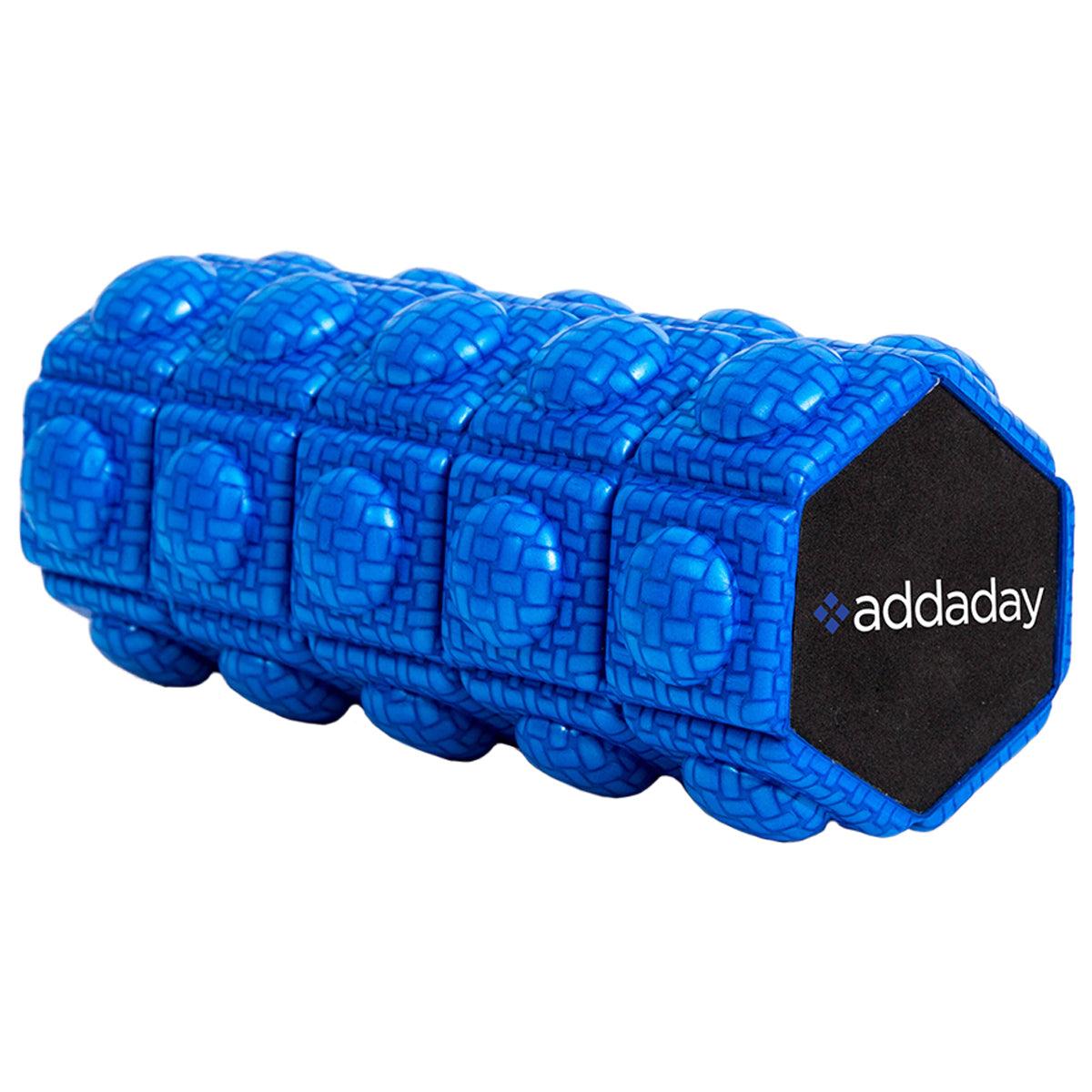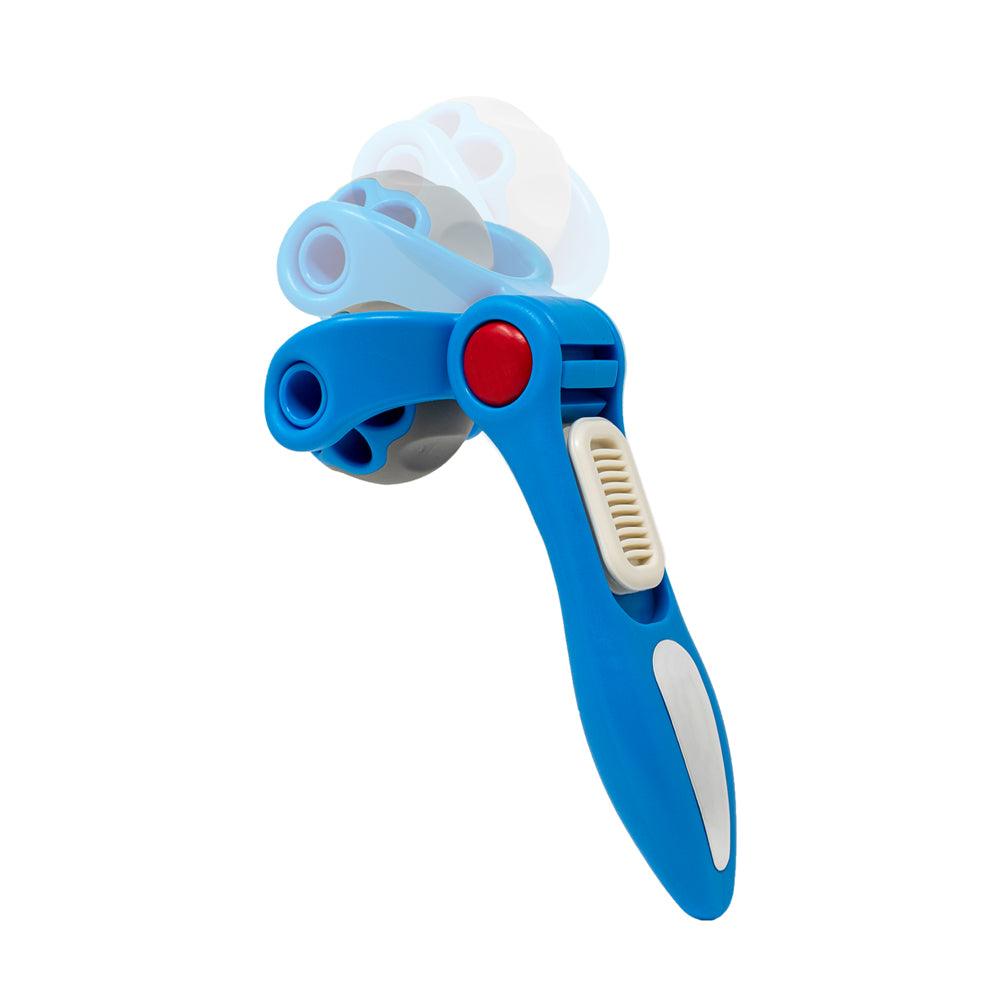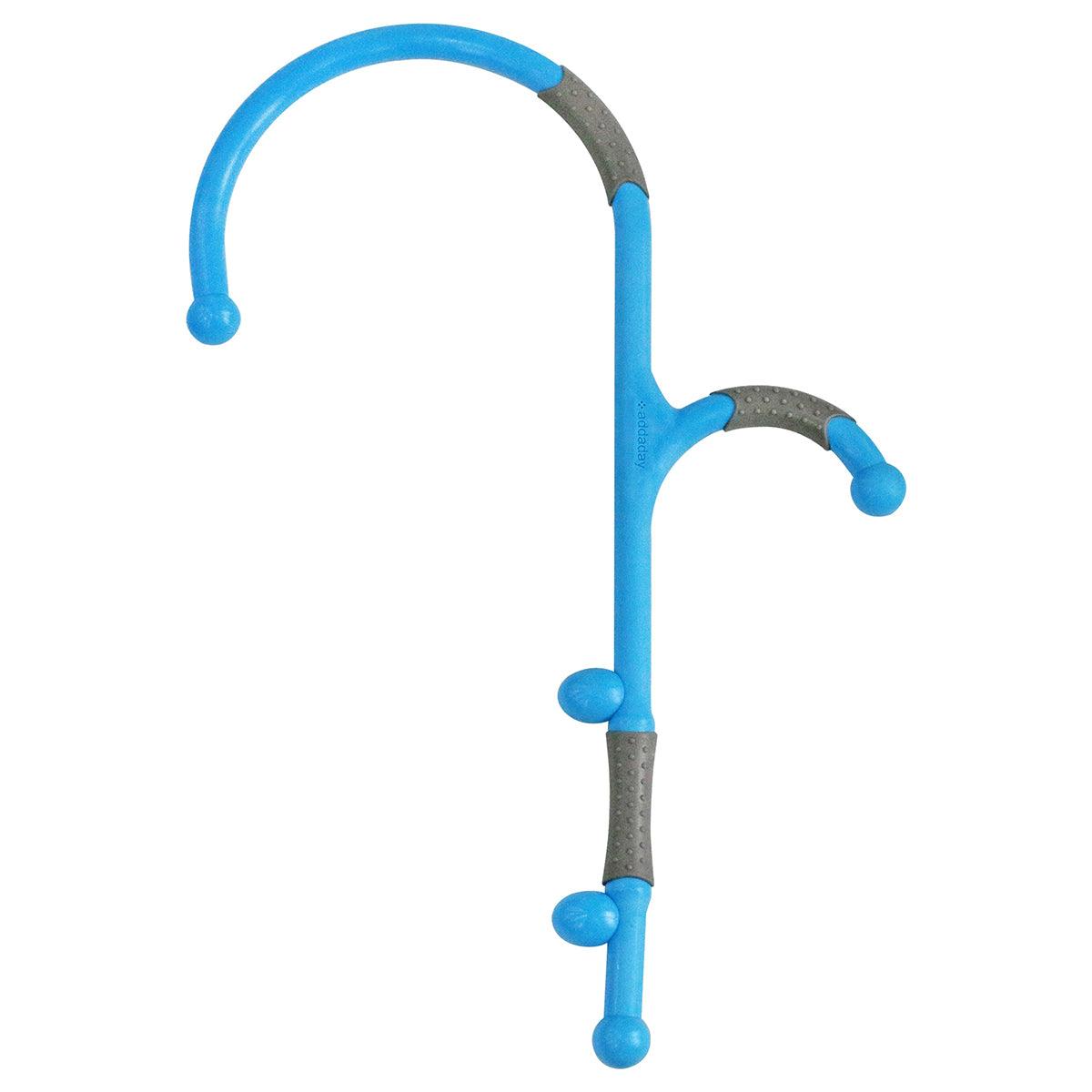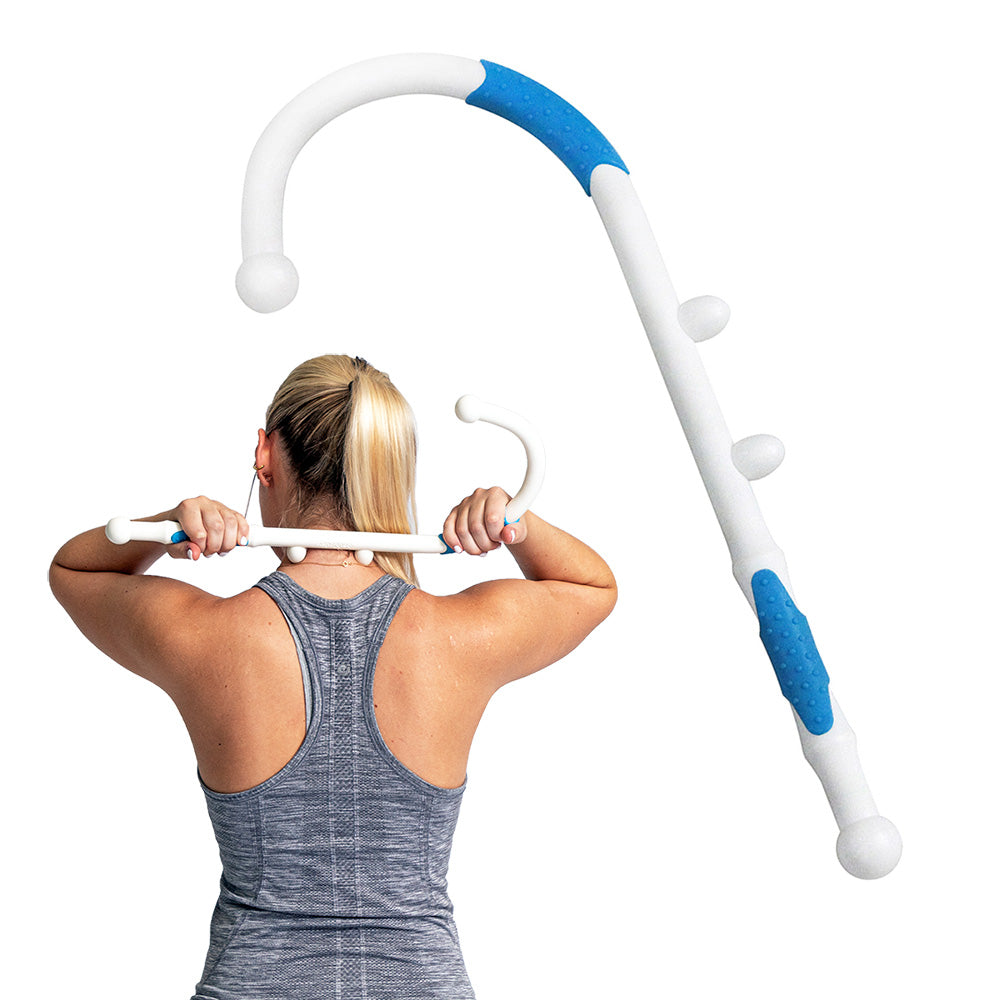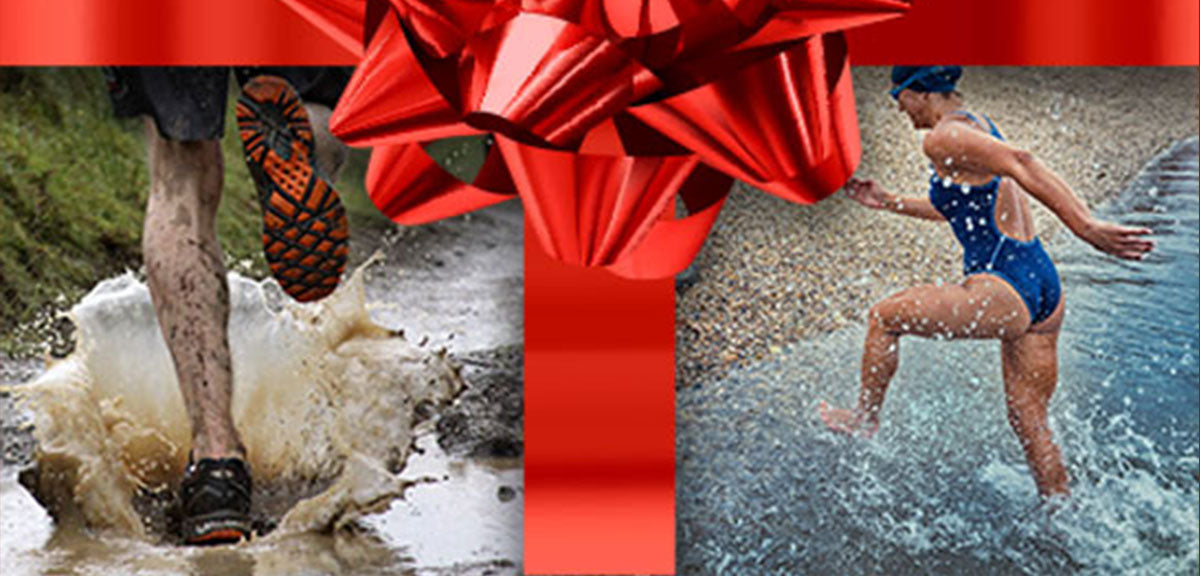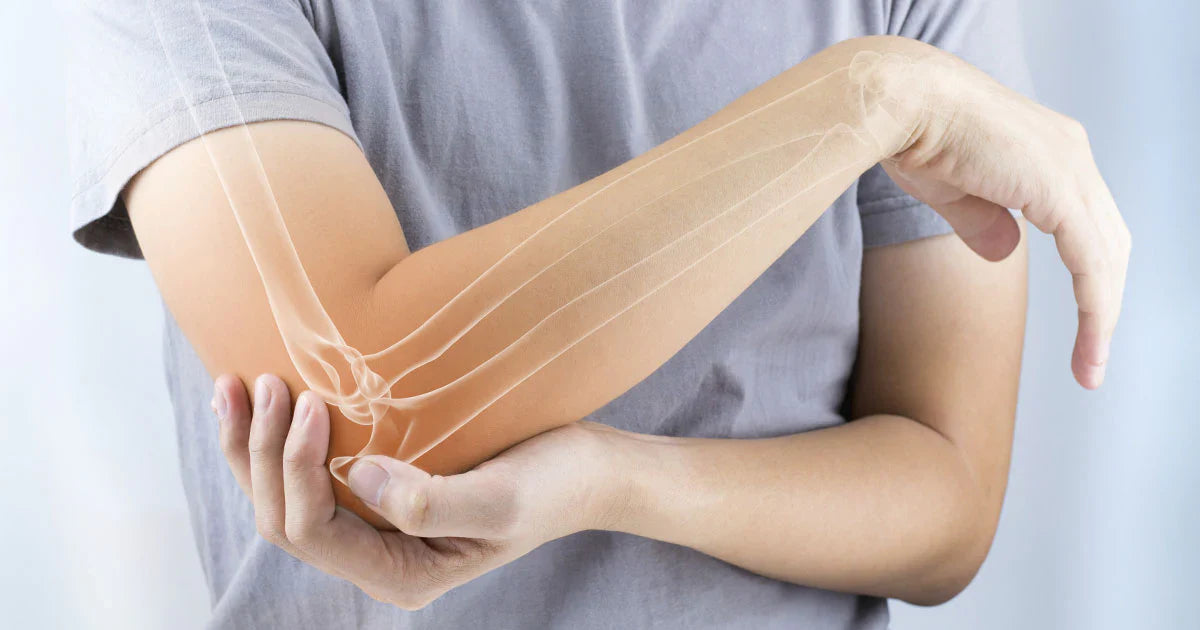Revised 11/03/2020
This is the third in a 10-part series outlining some of the most common injuries suffered by runners.
Top Running Injury No. 3: Shin Splints
There is no doubt that shin splints are extremely painful – to the point where they will cut nearly any sort of workout short in most instances. This condition takes place when the shinbone, or tibia, as well as the connective tissues that attach muscles to that bone are overloaded. You can experience soreness and swelling as well as pain.
We would like to share information on why this condition takes place and some of the things you can do about it.
Causes
While there are several reasons why shin splints occur, some of the most common include:
- Excessive running
- Running on surface that is tilted or slanted
- Not taking enough time to recover between workouts
- Worn shoes
- Running too much on hard surfaces
Symptoms
If shin splints are not treated quickly, they can worsen over time. If you notice a steady pain below your knee, you’ll only make it worse if you continue to exercise. Talk to your doctor to determine the best way to recover and make sure you use the proper equipment that can help you rehabilitate. Don’t try to work through the pain – it could rob you of the ability to exercise for a very long time.
Treatment
While the most immediate relief comes from ceasing activity, rest, ice, compression, and elevation. So what can you do?
1. Lessen the Impact
Every time the heel of your foot hits the ground, a shock wave travels up through your body, however, a healthy lower legs will absorb a lot of this shock.
Arch supports in every day shoes can help cushion and disperse stress on your shinbones, providing immediate relief for existing shin splints and added support and padding that help to prevent them.
FOR SHOCK ABSORPTION | Recommended Product:
Tuli's® So Soft® Heavy Duty Heel Cups

2. Find Support
Your calves play a large role in the health of your shins. Any imbalance in strength often manifests itself in shin splints or a calf strain. By stretching your calves daily and increasing your calf flexibility, you can dramatically reduce your risk of muscle imbalance injury.
3. Strength Training and Flexibility Exercises
By adding strength training to your flexibility exercises, you make progress towards completing the muscle balance. Toe raises and leg presses are a good place to start, but a complete program that targets all four planes of ankle motion to work all of the supporting muscles is best.
FOR STRENGTHENING | Recommended Product:
ProStretch Plus® Adjustable Calf and Foot Stretcher

FOR DEEP MASSAGE | Recommended Product:
Type P Pro Stick Massage Roller

RELATED PRODUCTS:
OTHER RELATED TOPICS:
UNDERSTANDING AND PREVENTING SHIN SPLINTS
HOW PROPER SUPPORT CAN RELIEVE SHIN SPLINTS AND WEAK ANKLES
REDUCING PAINFUL SHIN SPLINTS THROUGH PROPER STRETCHING
SHIN SPLINTS: TOO MUCH TOO SOON
PLEASE NOTE: The information on this website and article is for information only and should not be used as a substitute for consulting your doctor. Consult your doctor for proper diagnosis and rehabilitation
The post Top Running Injury No. 3: Shin Splints appeared first on Medi-Dyne.







